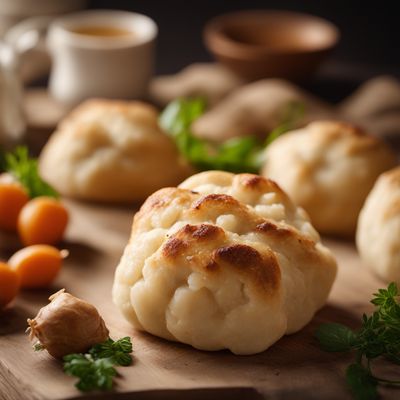
Ingredient
Dishes excluding pasta or rice dishes, sandwiches and pizza
Beyond the Ordinary: Exploring Non-Traditional Dishes
From hearty stews to delicate soufflés, these dishes offer a wide range of flavors, textures, and ingredients, allowing you to explore new culinary horizons and expand your palate.
Origins and history
The history of non-traditional dishes is as diverse as the dishes themselves, with each culture contributing its own unique creations. From the rich curries of India to the comforting casseroles of America, these dishes have evolved over centuries, reflecting the traditions and tastes of different regions.
Nutritional information
The nutritional content of non-traditional dishes varies greatly depending on the specific ingredients used. However, they often provide a balanced combination of proteins, carbohydrates, and fats, along with essential vitamins and minerals.
Allergens
May contain allergens depending on the specific dish and ingredients used. Common allergens include gluten, dairy, nuts, and shellfish.
How to select
When selecting non-traditional dishes, consider the freshness and quality of the ingredients used. Look for dishes that use seasonal produce and high-quality proteins. Additionally, consider the reputation and expertise of the restaurant or chef preparing the dish.
Storage recommendations
To maintain the freshness and quality of non-traditional dishes, store leftovers in airtight containers in the refrigerator. Consume within a few days to ensure optimal taste and texture.
How to produce
Producing non-traditional dishes requires culinary skills and creativity. Experiment with different ingredients, flavors, and techniques to create your own unique dishes that reflect your personal taste and style.
Preparation tips
Non-traditional dishes can be prepared using a variety of cooking techniques, including sautéing, roasting, braising, and grilling. Experiment with different spices, herbs, and seasonings to enhance the flavors of your dishes. Don't be afraid to try new ingredients and combinations to create exciting and memorable meals.
Culinary uses
Non-traditional dishes can be found in a wide range of cuisines and cultures around the world. They are commonly available in restaurants, cafes, and food stalls that specialize in international or fusion cuisine.
More ingredients from this category

Legumes based dishes
The Protein Powerhouse: Legumes Based Dishes

Bread- (or similar products) based dishes
The Versatile Canvas: Bread as a Culinary Masterpiece

Fish and seafood based dishes
Oceanic Delights

Meat based dishes
The Savory Delight

Vegetable based dishes
Plant-Powered Delights: Exploring the World of Vegetable-Based Dishes

Potato based dishes
Versatile Potatoes: Beyond the Basics

Egg based dishes
"Eggsquisite Delights: Exploring the Versatility of Egg Based Dishes"

Mushroom based dishes
The Fungi Feast